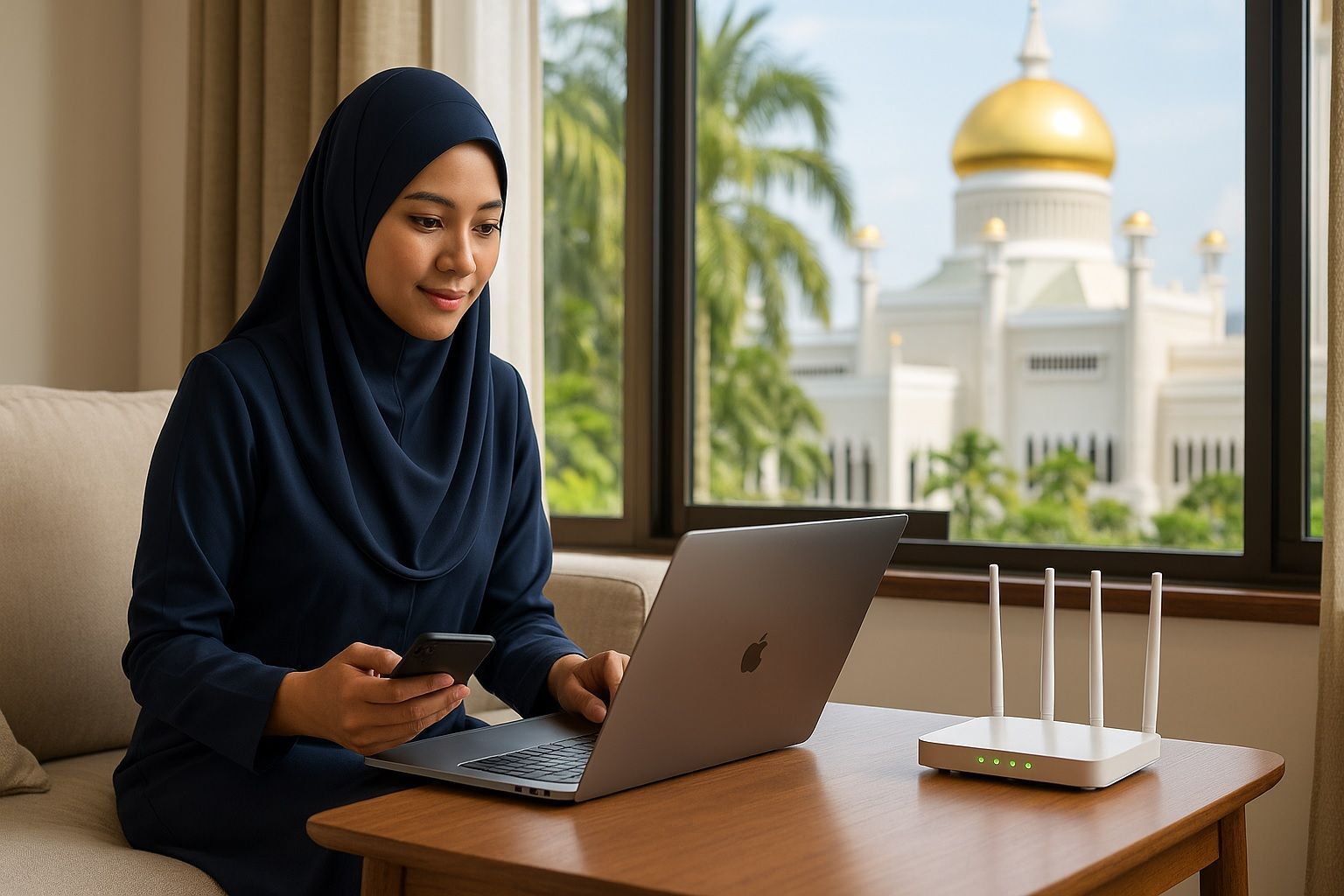
Everything You Need to Know About Internet Access in Bulgaria (Even the Satellites!)
By 2021, about 65% of fixed broadband subscribers in Bulgaria were on fiber, with gigabit speeds available and Vivacom launching a 10 Gbps fiber service. 5G was launched commercially in 2020, with A1 Bulgaria and Vivacom turning on 5G in 2020 and by the end of 2022 around 70% of the population expected to have 5G coverage. Starlink entered Bulgaria in February 2022, and as of 2025 Neterra is an authorized Starlink reseller offering hardware and support, with typical speeds over 100 Mbps down and 40–60 ms latency at around €60 per month plus a €300 equipment kit. Vivacom holds



